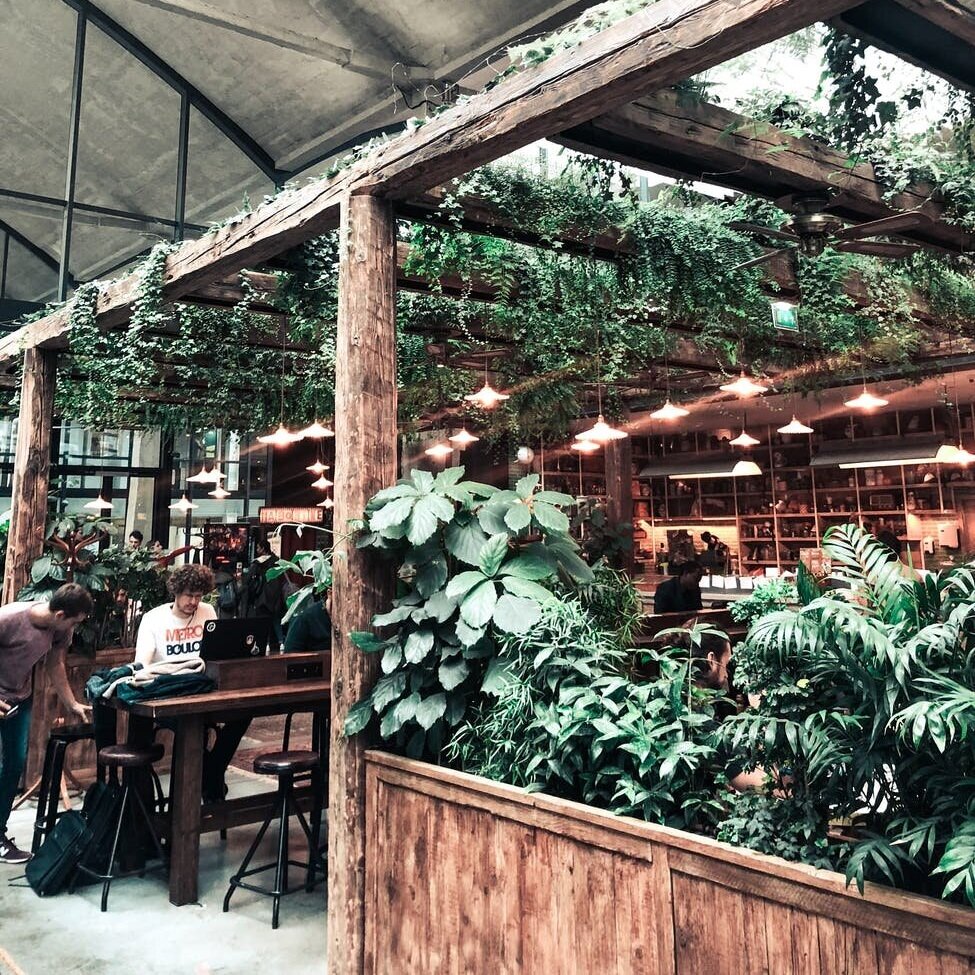It may seem a little odd to be reading about patios in September, particularly when the weather is getting colder and autumn is upon us. However, these colder temperatures are a harsh reminder of the important role a patio plays in the overall restaurant experience, and of course toward the restaurants bottom line. This year in particular, anxiety amongst restaurant owners is running high, foreseeing potential losses when patios close. So why is having a patio so important, and how can you best maximize its use and extend into the Ontario shoulder season?
Outdoor dining areas range from simple sidewalk space to lavish bars incorporating recreational areas. The most obvious benefit to having an outdoor dining space is to increase seat count. On a typical pad site, the average patio can increase the overall seat count by approximately 25%. Even an urban in-line unit capable of capturing 200 square feet can achieve an additional 12-14 seats. As we all know, greater capacity translates into greater sales potential. This year more than ever, increasing capacity is a necessity.
In addition to the capacity increase, a well planned patio can attract a new client base by offering a different experience than indoors. The patio affords an opportunity to be more casual and playful with your furnishings and decor, and to create a fun and relaxing atmosphere.
Street presence and curb appeal is dramatically increased by incorporating brightly coloured flowers and umbrellas in the daytime, and some stunning, can’t-be-missed lighting for a lively lounge atmosphere into the evening. Additional design elements worth considering to take your patio to the next level, include: greenery, music, fans, fireplaces, heaters, and overhead canopies (if the site allows). A mix of furniture styles can also add interest and functionality by combining lounge areas with more traditional dining. Be aware of the views you’re offering—if the view is spectacular, be sure to emphasize it. If the view is a concrete parking lot, now is your opportunity to introduce a green-wall, wood screen or mural to encompass the patio space, and create some privacy.
In Ontario, patio season is generally considered to run from late May to early September, when average temperatures are above 20 degrees Celsius. Now imagine that you’re able to continue your increased revenue, April to October, gaining an additional two to three months. Patio heaters and fire pits are a good start, but they’re not enough on their own. Offering blankets to your outdoor guests is a particularly nice touch; however, in the current climate of Covid-19, sterilizing blankets just isn’t practical. There are several options for achieving an overhead cover in order to keep the heat in and create a three-season patio space, depending on your budget. Companies such as Shade FX and OLS Canada offer several solutions for retractable fabric covers; some models with roll down sides for even more weather protection. Others such as OpenAire offer retractable glass enclosures, which go a step further toward providing the ability to convert your patio into a year-round experience. The cost of a patio enclosure (which most often requires landlord and City approvals) will undoubtedly need to be weighed against the profit potential of the shoulder season, but frequently the long-term benefits outweigh the initial investment.
Whether you’re looking for a new restaurant location or you’re in an existing location but looking for a way to increase revenue and offer your guests an auxiliary experience, consider adding a patio space and turning it into a showpiece.
Written by:
Stacy Di Carlo






